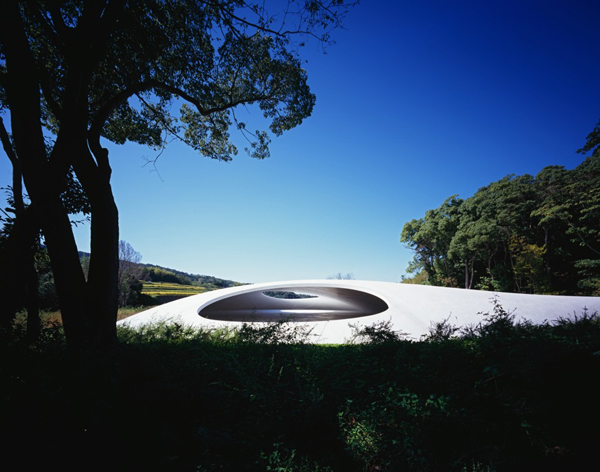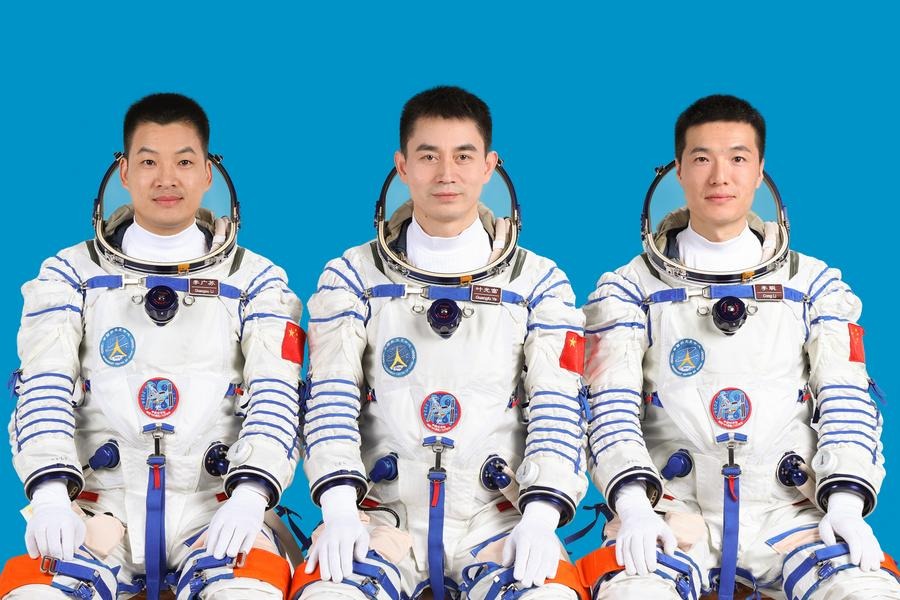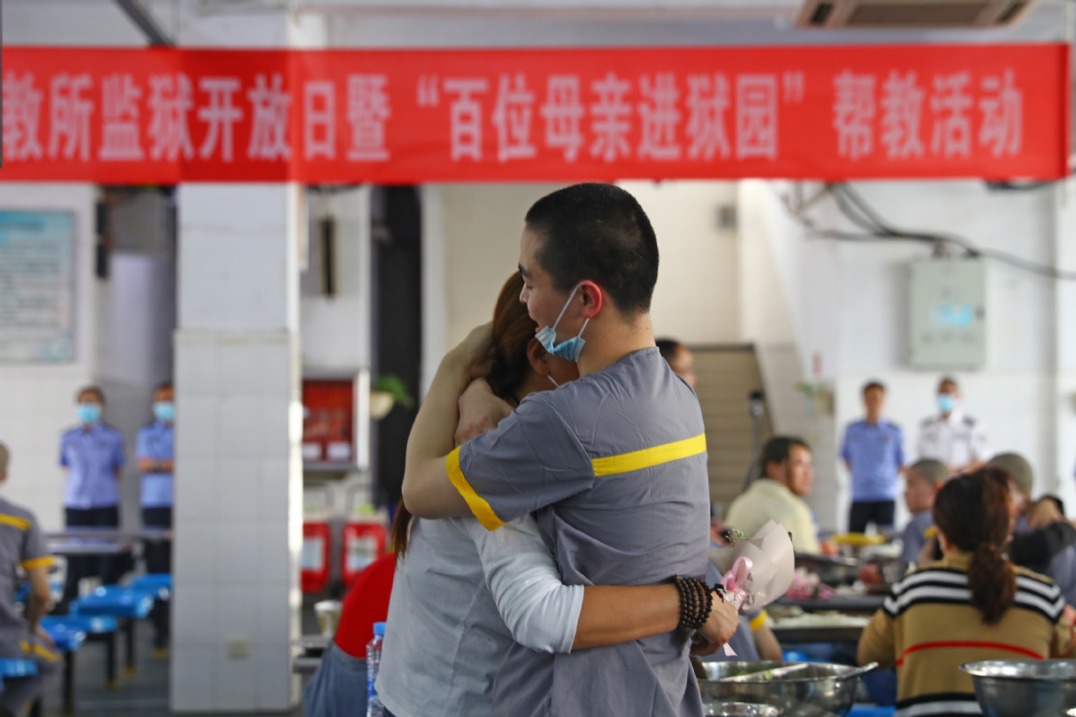Teshima reflects art of region's success
By WANG XU | China Daily | Updated: 2019-10-07 10:08

I have spent the past 10 years of my life believing I knew how to appreciate art, but sitting on a concrete floor watching water droplets skitter across the smooth surface at Teshima Art Museum, I wasn't so sure anymore.
For a start, TAM's dropletshaped edifice is empty. Or to be more precise, there is no artwork or any object on display. There is not even a single pillar. The vast domed roof has two giant oval openings on each side in order to let natural light, wind and the ambient sound from outside to flood in.
In the interior space, even the slightest movement echoes. You are literally forbidden from doing anything but watch, sit and walk.
I was told that visitors are invited to feel nature in its purest form, through water, light and air. However, people around me seemed equally confused as they stared at beads of water bubbling up from tiny holes in the floor.
Some, it seems, have a predetermined direction, because they gathered into little pools upon the smooth surface. Others, I think, just zig and zag as erratically and irregularly as nature intended, but may wet your pants as you sit in silent contemplation or lay there, gazing at the cupola above.
After 20 or 30 minutes, you'll either fall asleep or desperately want to float out.
Outside the museum, the view is just as arresting, but not as confusing. Standing on a hill overlooking the Seto Inland Sea, it sits surrounded by a rice terrace that was restored in collaboration with local residents.
As someone once told me, "art is a piece of the artist put out for people to see. It makes us think or see things through the eyes of others." I think that's why people find art attractive; it is such an intricate thing to understand and everyone can look at the same piece and see it in a different way.
TAM is just one of 18 museums, galleries and projects scattered across the rural islands that, together, form a unique creative paradise. The story behind them is just as intriguing as any conceptual artwork that may reside, upon, within or around any of them.
It started in the 1980s when Soichiro Fukutake, a billionaire businessman, wanted to change three of the islands that didn't take a share of Japan's rapid industrialization, but had instead been forgotten as "wastelands"-refineries were built on Naoshima and Inujima, and illegal waste was dumped on Teshima.
With the help of "the king of concrete", Tadao Ando, Fukutake used contemporary art to realize his vision which, as a result, went far beyond an economic reboot and created an artistic utopia, showing a simpler, slower way of life alongside a plethora of world-class art.
For people who tire of metropolitan life and want to venture to a more off-the-beaten-path locale, Setouchi is, in every sense, a place to find a fresh perspective.
WANG XU in Setouchi, Okayama























